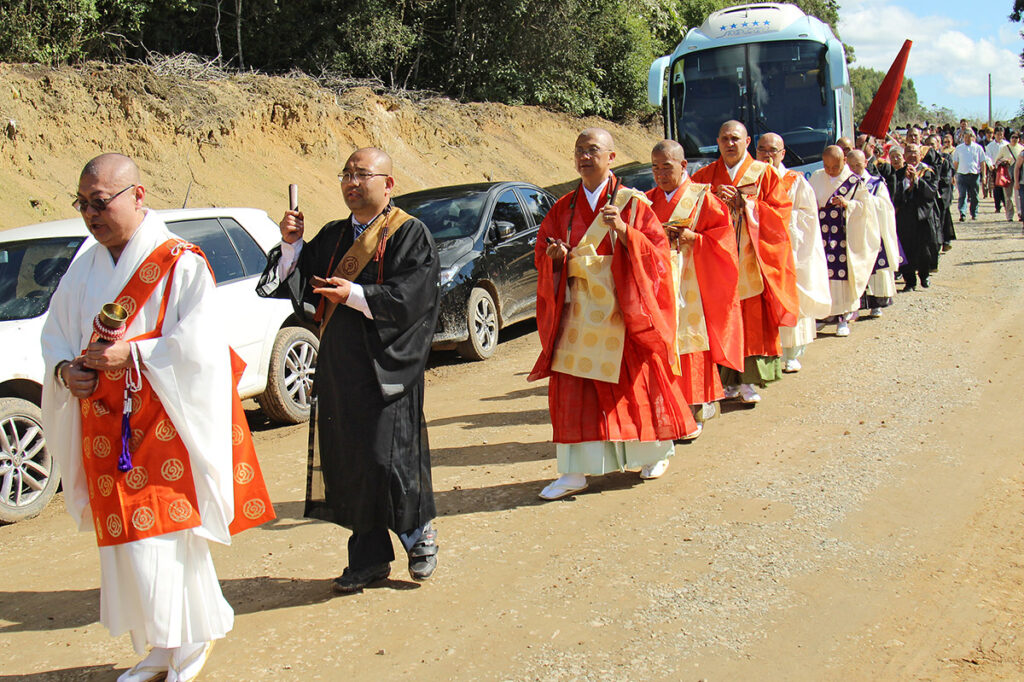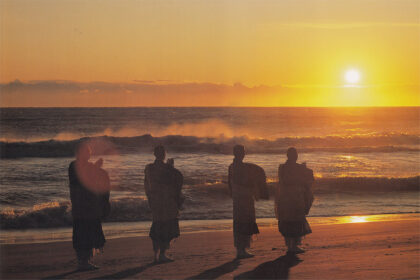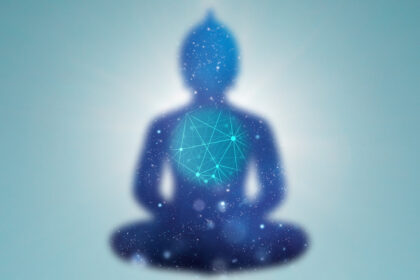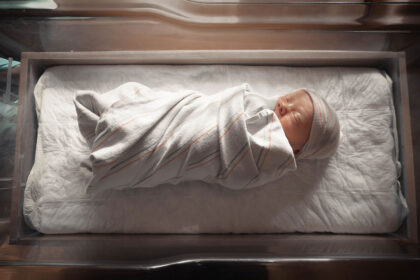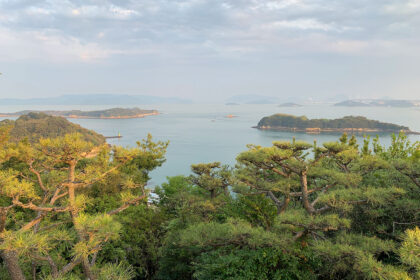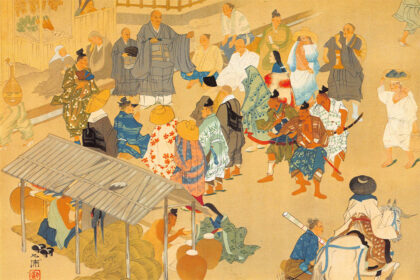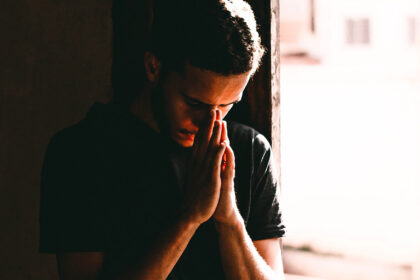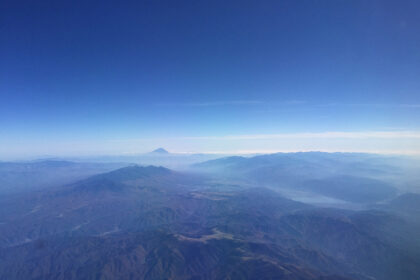Q.
How did HBS get their priesthood? Did the HBS at some point (in the 1900’s) merge with a sect that already had priests (just like the Kempon Hokke Shu was at one time united with the Nichiren Shu, or the SGI was once a part of the N. Sho), or did they see the lay-members who were advanced and they just developed those members into priests? (See, I’m used to the Greek Orthodox church where bishops have an apostolic lineage that traces back to the Apostles and have some “special grace” — kind of like the Nichiren Sho is promoting, ie, high priest ordains the next priest and teaches them how to perform the liturgies, and so on.)
A.
The origin of HBS priesthood dates back to 1946. By that time, Honmon Butsuryu Shu was just a group of priests and lay followers within Honmon Hokke Sect called Honmon Butsuryu Ko, which they study together Buddhist scriptures and seek the truth of Buddhism. When Nissen Shonin founded Honmon Butsuryu Ko in 1857, he was, needless to say, one of the priests of Honmon Hokke Sect. As Honmon Butsuryu Ko extended its power since its foundation, the special parish system called Tokubetsu Kyoku Sei (which practically permits the independence of Honmon Butsuryu Ko) and the independent head-branch temple system called Dokuritsu Honzan Sei (which recognized Yuseiji was the head temple of Honmon Butsuryu Ko and all temples established within Honmon Butsuryu Ko like Seifuji [Osaka], Seiohji [Tokyo], and Honmyoji [Nara] are sub-temples of Yuseiji) were established within Honmon Hokke Sect. It was when the 7th Koyu (HBS head priest) Nichijun Nishimura (he was also a priest of Honmon Hokke Sect at the time) unified Honmon Butsuryu Ko. Then, on January 12, 1946, shortly after World War II, it finally attained independence from Honmon Hokke Sect and became Honmon Butsuryu Shu under the Religious Corporation Ordinance which was established and enforced on December 28, 1945, and in which the regulations on religious corporations were abolished.
From that day, all priests who had entered the Buddhist priesthood under Nissen Shonin and been active in Honmon Butsuryu Ko became formally the priests of HBS.
I mean, before HBS established, all priests who belong to Honmon Butsuryu Ko had two kinds of the priesthood, Sokai and Gakkai. Sokai is the hierarchy of Honmon Butsuryu Ko (Shu) and Gakkai was the one of Honmon Hokke Shu. Honmon Butsuryu Ko did not have administratively strong power at first, but its independent missionary activities were officially authorized while being in Honmon Hokke Sect. That was quite a rare thing, so I am sure that was Buddhas’ and Bodhisattvas’ guidance.

